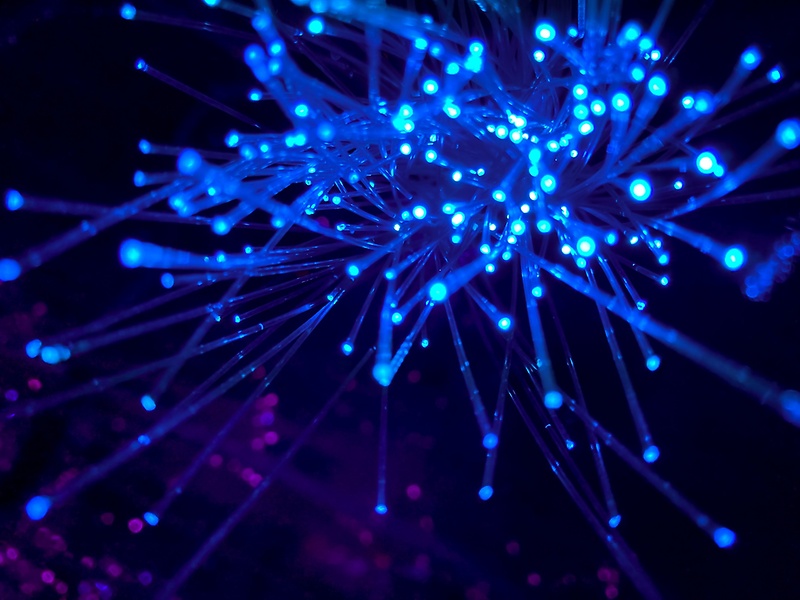15. October 2024 By Milena Fluck and Daniel van der Wal
Creativity – Creative potential – Part 2
In the first part of the blog post , we showed what creativity is, which stages it goes through and how it has developed. In this part, we take a look at the role of the actor and their creative potential in the creative process.
Everyone has creative potential. There are no creative or uncreative people, but different creative abilities can be more or less pronounced. Creative abilities include:
- Asking questions: profound and critical thinking and questioning
- Exploring causes: building hypotheses and analytical thinking
- Anticipating consequences and imagining different outcomes of scenarios
- The ability to recognise potential and improve products
- Visual imagination and the ability to tell imaginative stories
A well-known test for measuring the expression of these abilities is the Torrance Test of Creative Thinking developed by Ellis Paul Torrance. The Torrance Test measures expression on more than ten scales. These include humour, the synthesis of lines and circles, and the ability to express oneself narratively. Based on the argument that several senses are involved in the exercise of creative abilities, the test consists of verbal tasks with verbal stimuli, verbal tasks with non-verbal stimuli, and non-verbal tasks.
In the first part of the blog post, we already learned that the creative process involves several steps and therefore requires a range of abilities. The Torrance test primarily measures problem-solving ability and divergent thinking. Both are particularly important for generating ideas, answers and solutions to our task.

Divergent thinking is a thinking process that aims to generate as many ideas as possible without committing to a single idea. Generating as many ideas as possible in response to a prompt is challenging. This can lead to a creative, that is, original and useful, product. Divergent thinking is not easy, which is why we often use creativity methods such as brainwriting in our daily lives to stimulate the generation of ideas. In 1967, J.P. Guilford developed the Alternative Use Test to measure our ability to think divergently. You can also take this test yourself on the spur of the moment. Grab a pen and paper and set a timer for three minutes. Now start the timer and generate as many ideas as you can in the time allotted for the following question:
- What can you do with a cardboard box?
Then evaluate how well you did based on the following four criteria:
- Fluency: number of alternatives mentioned
- Originality: how unusual are your ideas?
- Flexibility: range of ideas (areas and categories)
- Elaboration: the level of detail and degree of elaboration, i.e. how specifically was the idea described?
ChatGPT-3 was able to deliver more than twenty application ideas (including moving boxes, dollhouse, small shelf) from four different areas (including education and learning, upcycling), divided into different subcategories, in less than ten seconds. There is an additional tip or instruction for each idea. Feel free to try it out yourself with different objects, various text-based generative AI tools (ChatGPT-3, Google Gemini, Jasper.ai) and your colleagues. Ideas for you: table tennis ball, paperclip or bottle cap.
A wide range of personality traits and characteristics associated with divergent thinking have been proposed in connection with a person's creative potential. These include tolerance of ambiguity, the ability to postpone immediate reward and gratification, an attraction to complexity, broad interests, ambition and openness to new experiences. Caution: Divergent thinking is often equated with creativity in science, but it is not creativity in its entirety, but one of the most commonly used indicators of creative potential. Divergent thinking has been shown to be a particularly good predictor of creativity in everyday life.

It should be noted that possessing these characteristics alone does not guarantee creative results. The intrinsic motivation of the person is at least as important. It also raises the question of whether these personality traits are directly related to creativity as a skill or whether they are more related to the motivation to be creative.
Generating ideas alone does not necessarily get us ahead. The selection and implementation of the best idea is left to us. Divergent thinking helps us to generate many possible ideas, but we have to select a few suitable ideas that we want to continue with and invest resources in. We can only bring a few ideas to life. The ability to make the right selection and implement it is called convergent thinking. This ability is at least as important for creating a creative product. We need to bundle ideas, filter, analyse rationally and logically, and critically question.
Intelligence and creativity
The true sign of intelligence is not knowledge but imagination.
Albert Einstein
Whether it's Taylor Swift, Frida Kahlo or Ada Lovelace, we are often fascinated by people who create, develop or market incredibly creative products. We often refer to them as geniuses, exceptionally talented people or intelligent people. But what does intelligence have to do with creativity? Science views both concepts from the following perspectives:
- Intelligence as a subset of creativity
- Creativity as a subset of intelligence
- Both as separate concepts that have a certain overlap
- As synonymous
Many well-known intelligence theorists include the abilities necessary for creativity in their theories.
Robert Sternberg defines intelligence as the ability to achieve success based on one's own standards and socio-cultural environment. He divides intelligence into three main aspects:
- Analytical intelligence: the ability to evaluate information and solve problems
- Creative intelligence: the ability to develop new ideas
- Practical intelligence: adaptability to new environments in daily life
One of the most well-known intelligence theories, which is often associated with creativity, comes from Raymond Cattell. According to him, there is a crystalline intelligence. This is the ability to make meaningful use of previously acquired skills and factual knowledge. However, fluid intelligence is more interesting. It describes the ability to abstract information, solve complex problems and recognise patterns. Exactly what we need in the creative process to create creative products.
The correlation between measured IQ and measured creativity (often using the Torrance Creative Thinking Test) is controversial. The results are reflected in the threshold hypothesis. This states that up to an IQ of 120, measured creativity also increases. While the IQ value continues to rise, no further increase in measured creativity can be observed from this point onwards. Both the existence of a threshold and the exact limit are repeatedly questioned in studies.
Conclusion
Thanks to their superpower creativity, humans have solved complex problems, ensured their survival and improved their quality of life. Creativity: a skill that only humans possess? Now that we know more about humans as a species with creative potential, we will take a closer look at generative artificial agents and their creative potential in the third part of our blog post.
Would you like to learn more about exciting topics from the adesso world? Then take a look at our previously published blog posts.
Also interesting:


